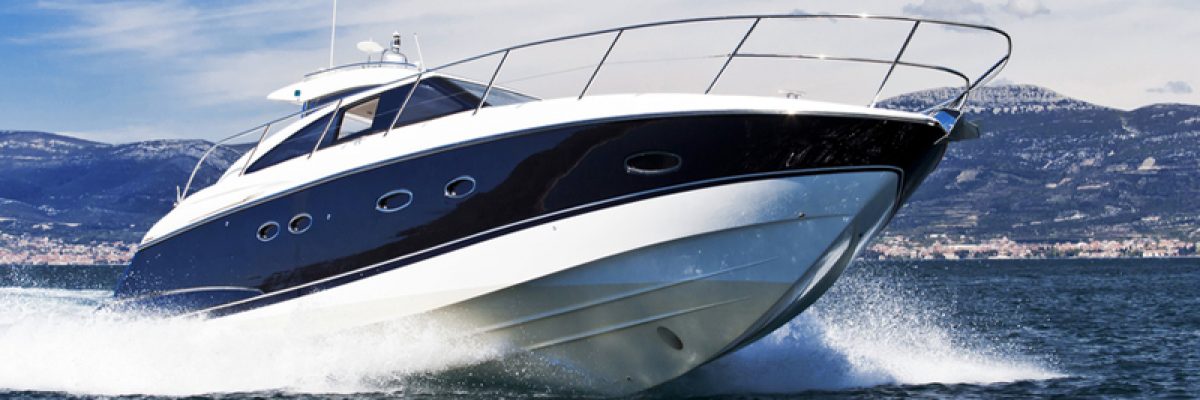Aluminum profiles play a pivotal role in ship structures, offering lightweight, corrosion-resistant, and durable solutions across various applications:
1. Superstructures and Decks:
Aluminum profiles are used in the construction of ship superstructures and decks. Their lightweight nature contributes to reducing overall weight, enhancing fuel efficiency and stability.
2. Bulkheads and Partitions:
Aluminum profiles are employed in the fabrication of bulkheads and partitions within the ship’s interior. They provide strength and flexibility while meeting safety regulations.
3. Doors, Windows, and Hatches:
Aluminum profiles are ideal for manufacturing doors, windows, and hatches onboard ships. They offer resistance to corrosion from seawater and durability in harsh marine environments.
4. Handrails and Guardrails:
Aluminum profiles serve as handrails and guardrails on ships, providing safety features. They are lightweight, durable, and resistant to corrosion.
5. Ladders and Gangways:
Aluminum profiles are used in the construction of ladders and gangways onboard ships. They offer robustness and corrosion resistance for safe and efficient access.
6. Marine Furniture and Fixtures:
Aluminum profiles contribute to marine furniture and fixture construction, providing durability and aesthetic appeal in ship interiors.
7. Piping and Conduits:
Aluminum profiles are utilized for piping and conduits within the ship’s infrastructure, offering corrosion resistance and lightweight solutions.
8. Structural Supports and Frameworks:
Aluminum profiles provide structural supports and frameworks across various areas of the ship. They contribute to overall vessel stability and performance.
Materials and Manufacturing:
Marine-grade aluminum alloys such as 5000 series (e.g., 5083, 5086) and 6000 series (e.g., 6061, 6063) are commonly extruded for shipbuilding due to their corrosion resistance and strength properties.

Let us make your Aluminium Parts a zero trouble.
Sign up for our newsletter to receive up-to-date news and articles about the company.
Copyright © 2021 Alcer Global